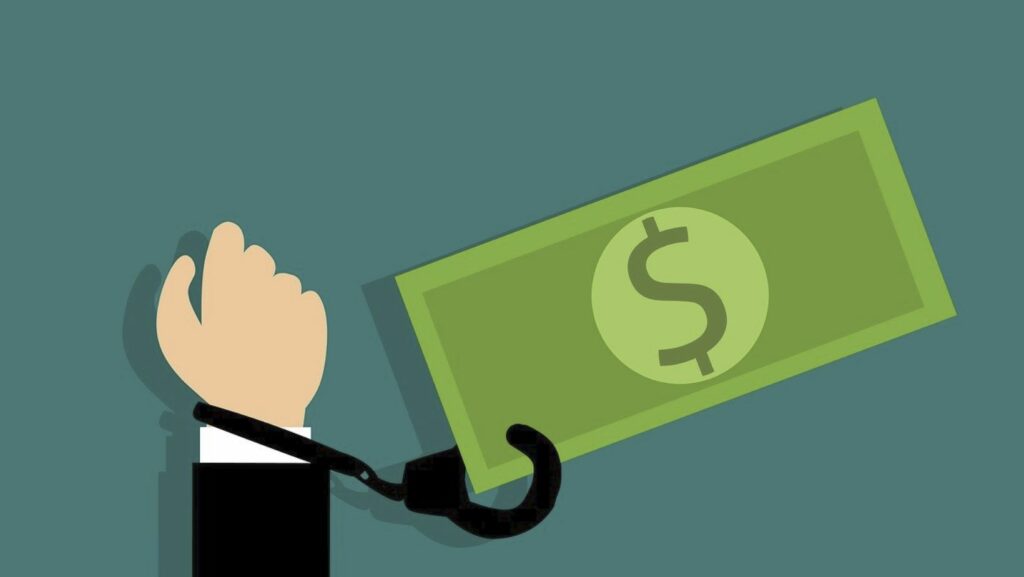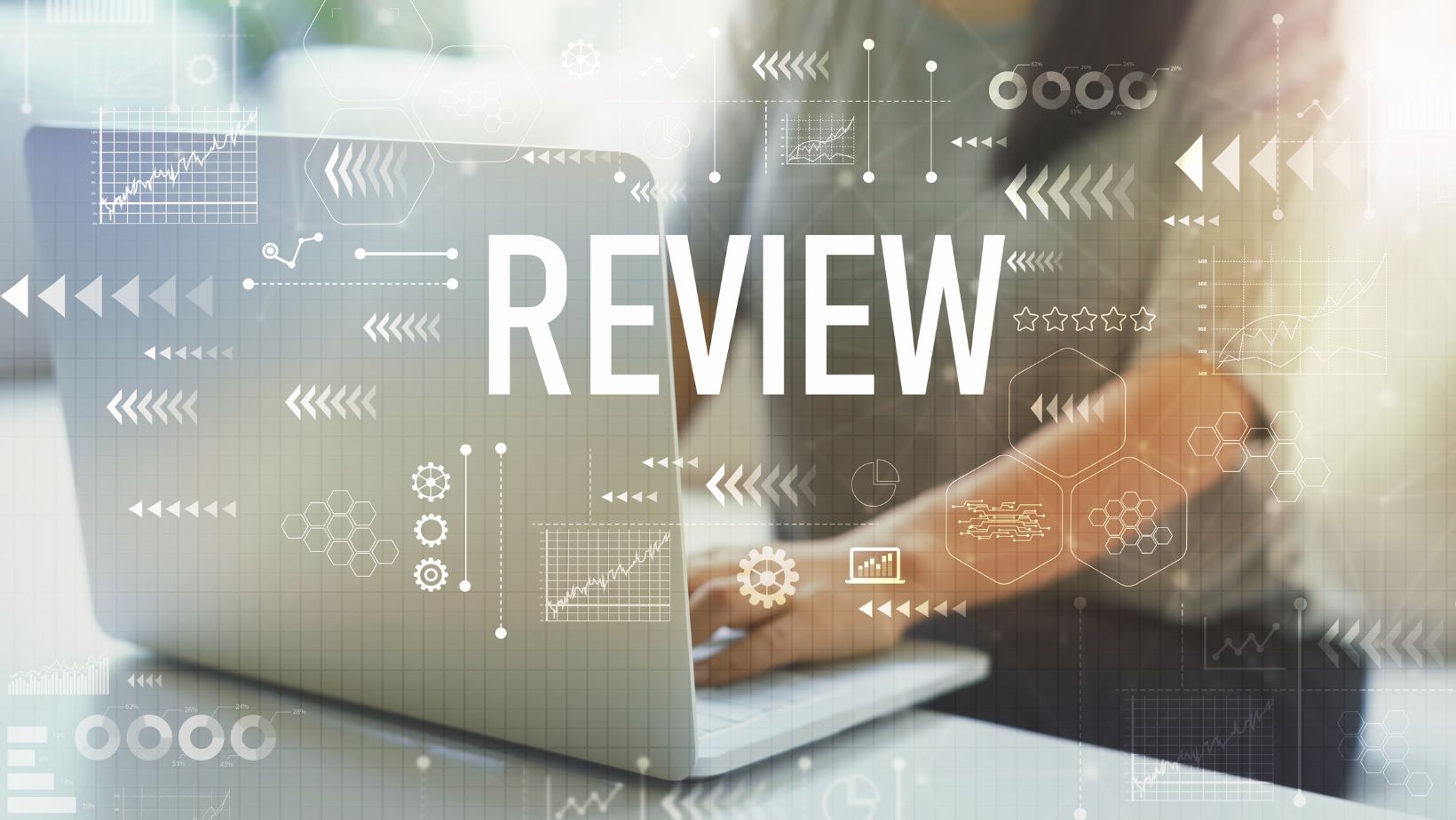Finding yourself trapped in a debt spiral can be demoralizing as interest accumulates, creditors call daily and financial freedom seems hopeless. Debt review provides structured debt intervention temporarily relieving pressure while working towards full repayment. However, ultimately the end goal is to exit debt review debt-free.
How Does Debt Overview Work?
Debt review involves a systematic debt restructuring process:
- Assessment: Debt counselors thoroughly analyze the full financial position detailing income, expenses, and outstanding debts through client discussions and credit checks formulating complete pictures of the situation.
- Application: Clients sign up for the voluntary National Credit Act debt review program which activates legal protections once accepted into the process by counselors.
- Negotiation: Counselors negotiate alternate favorable repayment terms or interest rate reductions with respective credit providers tailored to client affordability capacity based on budget surplus.
- Repayment Plan: Successful negotiations lead to formal Debt Repayment Plans mapping out revised loan settlement terms that clients agree to commit to the conservatorship contract until exiting fully debt-free.
- Monitoring: Throughout the program, counselors continually monitor adherence to advice, and repayment consistency and provide ongoing education guiding clients out of debt systematically.
The structured agreements protect clients against intimidating creditor harassment allowing recovery planning and improving financial positions until achieving formal debt review exit.
Benefits of Debt Overview
The debt review process provides struggling consumers multiple assistance including:
- Legal Protection: Courts protect participants against adverse creditor legal action like judgments or repossessions provided they fulfill counseling repayment plan obligations.
- Affordable Payments: Restructured installment lowered up to 60% matching affordable budget allowances through extended terms. This prevents defaulting on crucial needs like medical/utility bills during recovery.
- Financial Counseling: Clients receive tailored budgeting, savings, and debt literacy guidance improving money management habits beyond program completion.
Drawbacks of Debt Overview
However, participating in debt review also leads to several consumer compromises:
- Credit Record Impact: Entering the debt program gets flagged as debt restructuring on credit records requiring rebuilding credit scores through disciplined new borrowing after exiting status.
- Extended Duration: While repayment installments get lowered significantly, owed balance durations extend by years depending on original debt magnitudes requiring long-term commitment.
- Inflexibility: Clients must rigidly adhere to prescribed debt counselor payment plans without deviations until exiting debt review. Lifestyle fluctuations must be balanced using savings without renegotiations.
Steps to Get Out of Debt Overview
Getting out of debt review requires careful planning, discipline, and commitment. Here are the steps on how to get out of debt review.
Step 1: Understand Your Current Financial Situation
Before you can start the process of getting out of debt review, it’s essential to have a clear understanding of your current financial situation.
- List All Debts: Record outstanding dollar amounts across each credit account, loan terms, and accruing interest percentages assessing real debt obligations.
- Evaluate Income: Next, track predictable monthly or annual income from all active sources after tax deductions to represent realistic earnings.
- Log Living Expenses: Detail fixed existing living costs like rent, medical bills, and reasonable flexible expenses like food, and insurance equally important is forecasting funds allocation across priority spending needs.
Step 2: Create a Balanced Budget
Creating a budget is a crucial step in managing your finances and getting out of debt review. A budget helps:
- Calculate Disposable Income: Subtract essential living expenses from expected income totals determining actual surplus capable of directing towards debt balances each month.
- Prioritize Spending: Distinguish between non-negotiable survival expenses from discretionary expenses eliminating unnecessary categories entirely or reducing frequencies maximizing disposable income.
- Eliminate Wastages: Identify habitual money leakage through unnecessary subscriptions, impulsive shopping, or unused memberships canceling wastages, and channeling funds towards debt repayment.
Step 3: Increase Income Levels
Increasing your income can significantly accelerate your debt repayment process. Consider these options to boost your income:
- Pick-Up Side Jobs: Actively seek out hourly-paid side jobs like food delivery, tutoring, ridesharing, or freelancing on evenings/weekends generating extra disposable income and accelerating debt repayments.
- Sell Unused Possessions: Sort through personal assets like electronics, equipment, or collectibles auctioning item ownership through private buyers or online platforms to convert belongings into cash paying outstanding balances.
- Develop High-Income Skills: Picking up additional workplace skills through continuing education boosts future income generation potential either securing promotions or exploring better-paying parallel positions elsewhere long term.
Step 4: Make Extra Debt Payments
Making extra payments towards your debt can help you get out of debt review faster. Here are some strategies to consider:
- Snowball Method: Making above-minimum payments against the smallest debts first while maintaining minimums on larger debts saves interest expenditures in the long term finishing small balances quicker keeping motivation high knocking out obligations one by one.
- Avalanche Method: Prepaying extra against debts with the highest interest rates reduces interest fee accumulation overall paying principals down faster by ordering expensive debts first.
- Lump Sum Payments: Pour unexpected windfalls like bonuses, refunds, or gift money directly into debt principals preventing temptation splurging and giving finances an instant boost rather than subtle savings from small extra monthly amounts.
Step 5: Communicate with the Debt Counselor
Regular communication with your debt counselor is essential for successfully getting out of debt review.
- Review Progress: Meet with debt counselor routinely to determine if actual repayments match targets outlined in the debt repayment plan and discuss constraints preventing goals if any.
- Seek Advice: Consult a counselor for professional debt reduction advice and tips suited to unique financial positions and obligations. Discuss different repayment prioritization strategies between accounts.
- Revise Plan: Increase payment amounts committed towards accounts when income levels improve to accelerate projections. Or temporarily reduce constructs adjusted for hardship situations until finances restore boosting capability.
Step 6: Maintain Financial Discipline
Maintaining financial discipline is crucial for successfully getting out of debt review and staying debt-free. Here are some tips:
- Stick to Your Budget: Avoid deviating from prescribed prudent payment allocated budget categories either overspending budgets or redirecting money without tracking causing uncontrolled spending failures and jeopardizing debt goals.
- Avoid New Debt: Prevent taking on unnecessary new credit obligations under any circumstances temptations derailing payment plans. Exceptions apply for unavoidable emergencies or consolidating debts.
- Build Savings: Set aside small portions of income received into untouchable liquid savings accounts creating financial cushions used exclusively during unexpected personal setbacks without impacting debt accounts.
Step 7: Obtain a Debt Counselor Clearance Certificate
Once you have repaid all your debts under the debt review process, you can apply for a clearance certificate from your debt counselor.
- Request Certificate: After settling debts and completely meeting all debt counselor payment plan obligations, request formal clearance certificate documentation from debt counselors.
- Submit Documents: Present clearance documents to respective creditors as mandatory evidence legally exiting debt review program enforced by courts prompting account status updates from restructured, defaulted profile status to good standing accounts gradually improving credit scores.
Conclusion
Escaping the debt trap rarely occurs overnight requiring diligent financial rehabilitation through debt review programs before tasting freedom. But committing to prudent budgeting, increasing incomes, and maintaining positive payment behaviors in time reliably leads to exit success stories. The road necessitates sacrifices and relentless discipline avoiding derailment pitfalls commonly trapping debtors lifelong. But sound financial foundations established through the process provide renewed perspectives on borrowing and money management serving lifetime stability.



More Stories
How Smart Budgeting Can Cut Years Off Your Debt Repayment
Are Your Business Decisions Costing You More in Taxes? Here’s What You Need to Know
How to Find The Finest In Test Consumer Loans (I Test Forbrukslån) Companies